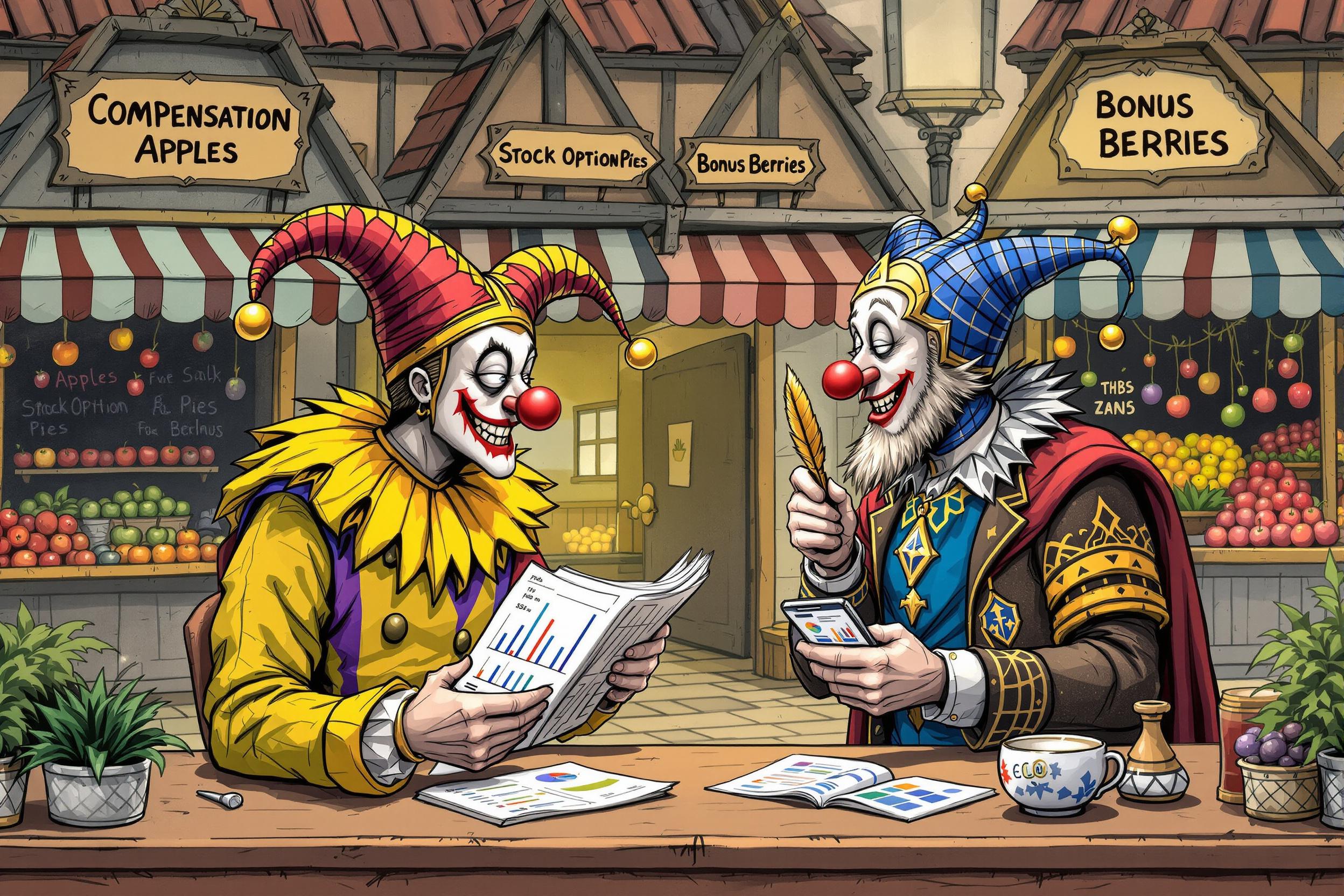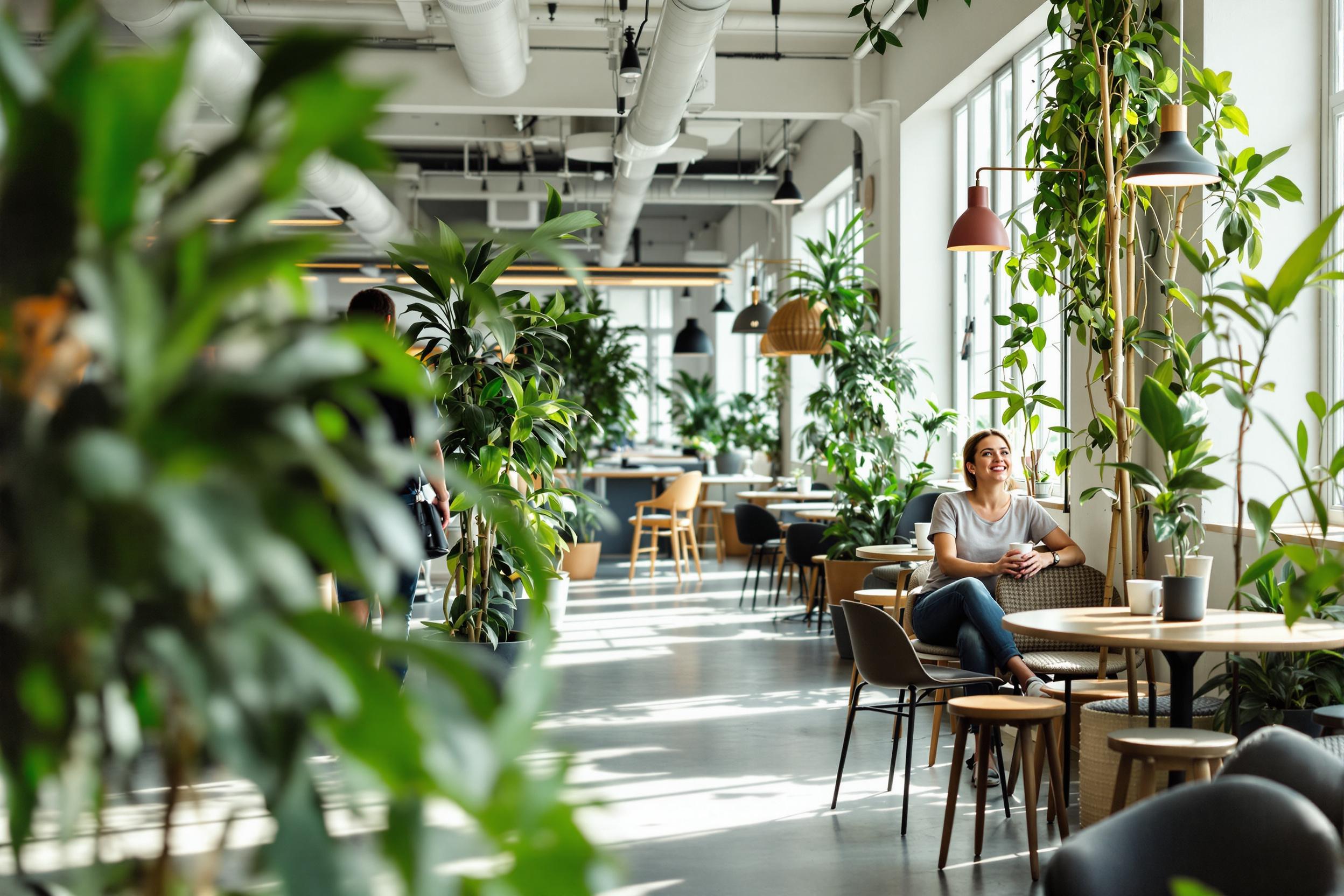
Balance
Balance in decorating refers to how visual elements are arranged to create a feeling of stability and harmony in a space. It's one of the fundamental principles decorators use to make rooms feel comfortable and visually appealing. Think of it like arranging furniture and decorative items so that one side of a room doesn't feel 'heavier' than the other. There are different types of balance: symmetrical (mirror-image arrangements), asymmetrical (different items that have equal visual weight), and radial (items arranged around a center point). When decorators mention balance in their resumes, they're talking about their ability to create spaces that feel well-organized and pleasant to be in.
Examples in Resumes
Created Balance in living spaces through strategic furniture placement and color coordination
Achieved visual Balance in open-concept spaces using lighting and decorative elements
Used Visual Balance techniques to transform challenging room layouts into harmonious spaces
Typical job title: "Interior Decorators"
Also try searching for:
Where to Find Interior Decorators
Professional Organizations
Online Communities
Job Resources
Example Interview Questions
Senior Level Questions
Q: How do you approach creating balance in large, open-concept spaces with multiple functional areas?
Expected Answer: A senior decorator should discuss their experience with zoning techniques, using furniture groupings, coordinating colors and patterns across spaces, and maintaining visual flow while creating distinct areas.
Q: Can you describe a challenging project where achieving balance was particularly difficult?
Expected Answer: They should share a specific example demonstrating problem-solving skills, client communication, and how they overcame spatial or design challenges to create a balanced result.
Mid Level Questions
Q: What different types of balance do you use in your designs?
Expected Answer: Should explain symmetrical, asymmetrical, and radial balance with practical examples of when and how to use each type effectively.
Q: How do you create balance when working with a client's existing furniture and decor?
Expected Answer: Should discuss assessment techniques, incorporating existing pieces effectively, and strategies for suggesting new items that complement what's already there.
Junior Level Questions
Q: What is visual balance and why is it important in interior decorating?
Expected Answer: Should explain the basic concept of balance, how it affects the feel of a room, and simple ways to achieve it through furniture placement and decor.
Q: How do you use color to create balance in a room?
Expected Answer: Should demonstrate understanding of color distribution, using accent colors, and how to prevent one area from overpowering others.
Experience Level Indicators
Junior (0-2 years)
- Basic understanding of symmetrical balance
- Color coordination
- Simple furniture arrangement
- Basic accessory placement
Mid (2-5 years)
- Advanced balance techniques
- Space planning
- Pattern mixing
- Light and texture coordination
Senior (5+ years)
- Complex space management
- Project leadership
- Client consultation expertise
- Advanced problem-solving in challenging spaces
Red Flags to Watch For
- Unable to explain different types of balance
- No understanding of scale and proportion
- Lack of basic color theory knowledge
- No portfolio showing balanced room designs
Related Terms
Need more hiring wisdom? Check these out...

The Hidden Art of Salary Negotiation: How to Win Hearts Without Going Broke

Employee Well-Being in 2025: Strategies for a Healthier, Happier Workforce

Automated Scorecards in ATS Systems: Your Secret Weapon for Smarter Hiring Decisions

